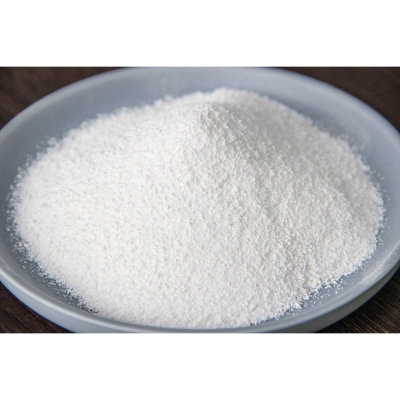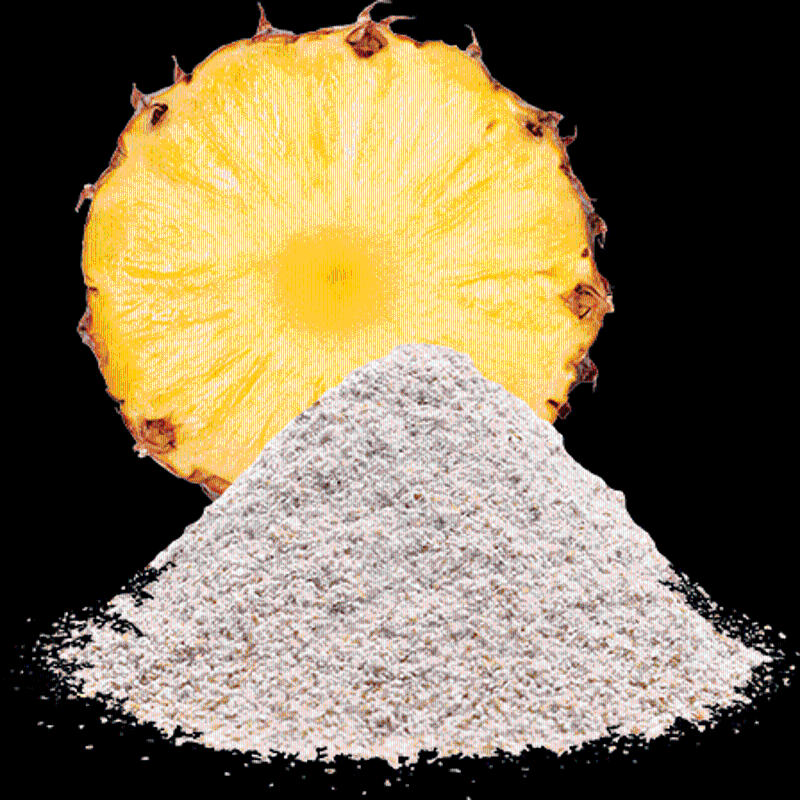Enzyme upgrade helps solve cellulosic ethanol industry bottleneck
-
Last Update: 2020-07-02
-
Source: Internet
-
Author: User
Search more information of high quality chemicals, good prices and reliable suppliers, visit
www.echemi.com
SwrSwrthe straw Novixin supply map, a common raw material for cellulosic ethanol,Swrestimates that global energy consumption is expected to increase by 55% by 2030, and cellulosic ethanol is one of the main sources of sustainable energy that is expectedSwr
The common raw materials used to make cellulosic ethanol are crop straw (corn straw, wheat straw and sugar cane slag), wood chips, energy crops and waste in urban wasteCellulosic ethanol reduces CO2 emissions by more than 90% compared to conventional petroleum fuelsHowever, the relevant technology and technology need to be perfected, the production cost is too high has been to limit its large-scale industrialization bottleneckSwr
According to people familiar with the situation told China Science Daily, in the National Development and Reform Commission led by the development of the bio-industry development "12th Five-Year Plan", in particular, "breakthrough cellulosic ethanol raw material pre-treatment technology, low-cost glycation key technology bottlenecks." Enzymes play an important role in thisSwr"enzyme-free non-alcohol"Swrenzymes are familiar and unfamiliar to people Swr
Familiarity is because human survival can not be separated from enzymes Enzymes are biocatalysts that catalyze biochemical reactions in living cells and are a protein Because of the presence of enzymes, the body's metabolism can only be carried out For example, food must be dissolved into small molecules by the action of enzymes in order to be absorbed and utilized by tissues through the intestinal wall Strange because many people don't know much about enzymes Swr
It was discovered that the enzyme's great effect simply began to extract enzymes from biology for use in industrial production activities, thus accelerating the production process through catalytic action Swr
Compared with other renewable energy and petroleum alternative energy sources, fuel ethanol has developed earlier in China and the market size is larger Swr
China's vehicle-fuelethanol industry, which produced 1.8 million tons in 2010, is the third-largest producer and consumer of fuel ethanol after Brazil and the United States Swr
McKinsey, a leading global consultancy, said in a report that the commercialization of cellulosic ethanol could replace 31m tonnes of gasoline from 2020, reducing China's oil imports by 10 per cent and generating Rmb32bn a year and 6m jobs by 2020 Swr
As a result, Chinese companies in the cellulosic ethanol value chain will be the main beneficiaries, including the 96 billion yuan domestic engineering and construction market and potential international markets, where cellulosic ethanol can reduce CO2 emissions by about 90 million tons per year the production of Swr cellulosic ethanol depends on the participation of enzymes Swr
The production of cellulosic ethanol from raw materials will be pre-treated, hydrolysised (also known as enzymatic or glycation), fermentation, distillation four steps In the hydrolysis process, the enzyme breaks down cellulose into monosaccharides and polysaccharides to prepare for the next fermentation Swr cellulase preparations to be rapidly replaced Swr for the cellulosic ethanol industry and developed enzymes in recent years rapid replacement Swr
Take Novozymes, the enzyme industry giant, for example, since 2009, has introduced three generations of cellulose enzymes enzyme synthase agent upgrade seducdownee industry bottlenecks enzyme seese agent upgrade helps solve cellulosic ethanol industry bottlenecks (2) 1 / 2 1 2 Next End Swr Swr the commonly used raw material crop for cellulosic ethanol - straw Novozyme is estimated that by 2030, global energy consumption is expected to increase by 5% Swr
The common raw materials used to make cellulosic ethanol are crop straw (corn straw, wheat straw and sugar cane slag), wood chips, energy crops and waste in urban waste Cellulosic ethanol reduces CO2 emissions by more than 90% compared to conventional petroleum fuels However, the relevant technology and technology need to be perfected, the production cost is too high has been to limit its large-scale industrialization bottleneck Swr
According to people familiar with the situation told China Science Daily, in the National Development and Reform Commission led by the development of the bio-industry development "12th Five-Year Plan", in particular, "breakthrough cellulosic ethanol raw material pre-treatment technology, low-cost glycation key technology bottlenecks." Enzymes play an important role in this Swr "enzyme-free non-alcohol" Swr enzymes are familiar and unfamiliar to people Swr
Familiarity is because human survival can not be separated from enzymes Enzymes are biocatalysts that catalyze biochemical reactions in living cells and are a protein Because of the presence of enzymes, the body's metabolism can only be carried out For example, food must be dissolved into small molecules by the action of enzymes in order to be absorbed and utilized by tissues through the intestinal wall Strange because many people don't know much about enzymes Swr
It was discovered that the enzyme's great effect simply began to extract enzymes from biology for use in industrial production activities, thus accelerating the production process through catalytic action Swr
Compared with other renewable energy and petroleum alternative energy sources, fuel ethanol has developed earlier in China and the market size is larger Swr
China's vehicle-fuelethanol industry, which produced 1.8 million tons in 2010, is the third-largest producer and consumer of fuel ethanol after Brazil and the United States Swr
McKinsey, a leading global consultancy, said in a report that the commercialization of cellulosic ethanol could replace 31m tonnes of gasoline from 2020, reducing China's oil imports by 10 per cent and generating Rmb32bn a year and 6m jobs by 2020 Swr
As a result, Chinese companies in the cellulosic ethanol value chain will be the main beneficiaries, including the 96 billion yuan domestic engineering and construction market and potential international markets, where cellulosic ethanol can reduce CO2 emissions by about 90 million tons per year the production of Swr cellulosic ethanol depends on the participation of enzymes Swr
The production of cellulosic ethanol from raw materials will be pre-treated, hydrolysised (also known as enzymatic or glycation), fermentation, distillation four steps In the hydrolysis process, the enzyme breaks down cellulose into monosaccharides and polysaccharides to prepare for the next fermentation Swr cellulase preparations to be rapidly replaced Swr for the cellulosic ethanol industry and developed enzymes in recent years rapid replacement Swr
Take Novozymes, the enzyme industry giant, for example, since 2009, has introduced three generations of cellulose enzymes (Wang Nan)
This article is an English version of an article which is originally in the Chinese language on echemi.com and is provided for information purposes only.
This website makes no representation or warranty of any kind, either expressed or implied, as to the accuracy, completeness ownership or reliability of
the article or any translations thereof. If you have any concerns or complaints relating to the article, please send an email, providing a detailed
description of the concern or complaint, to
service@echemi.com. A staff member will contact you within 5 working days. Once verified, infringing content
will be removed immediately.







